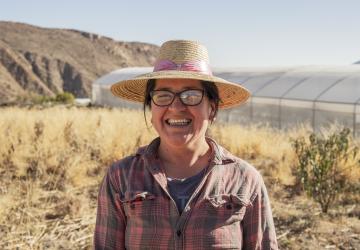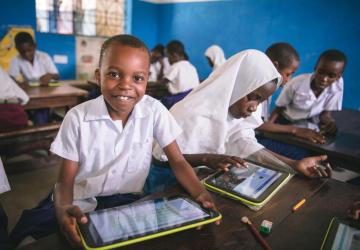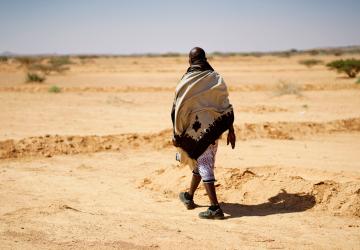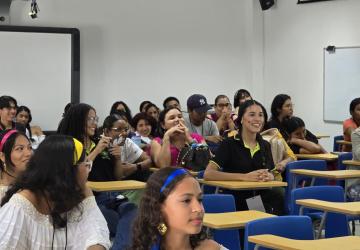Blended Finance: From Buzzword to Real-World Results
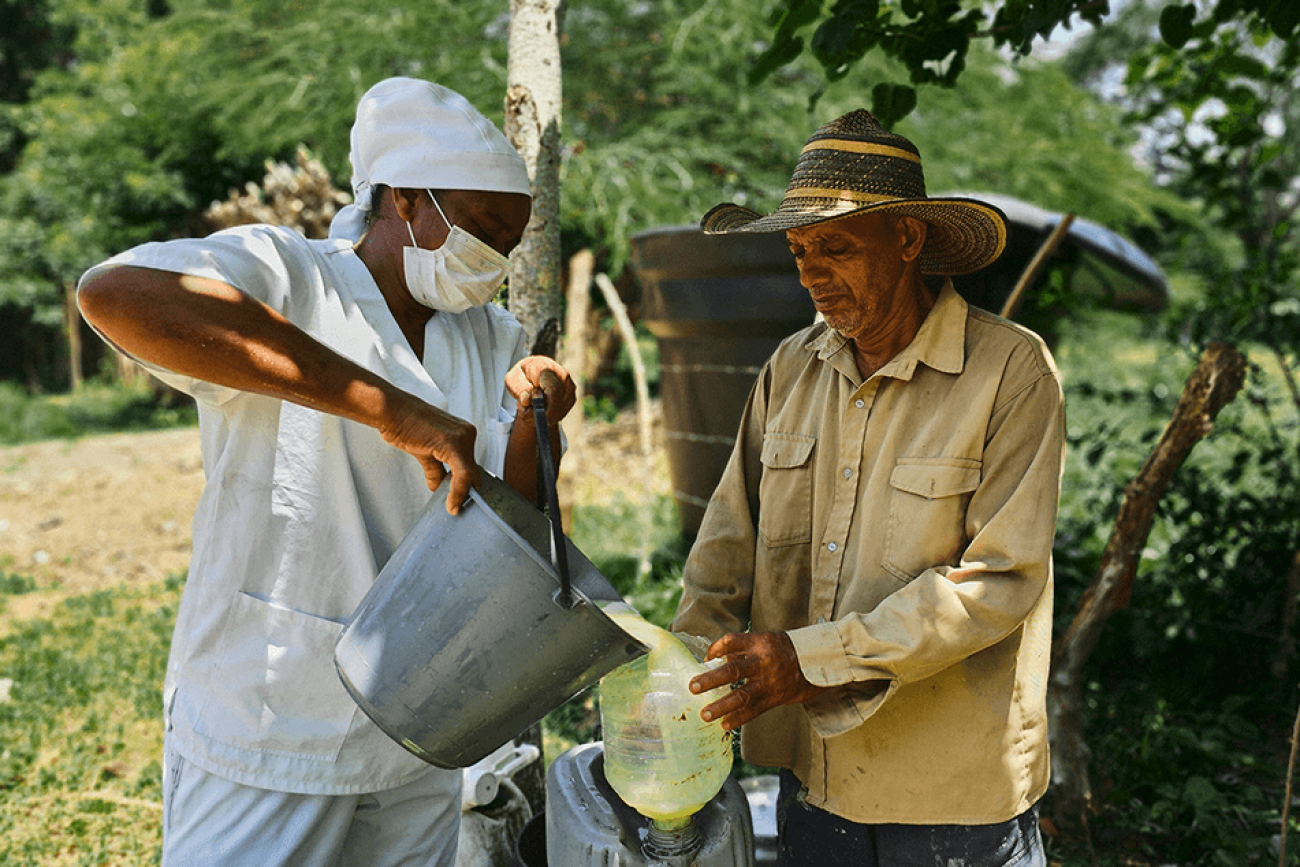
What is blended finance—and why do we need it now more than ever?
With the Fourth International Conference on Financing for Development (FfD4) behind us, one thing is clear: blended finance is no longer just a buzzword—it’s a key part of the global playbook for financing development.
So what is Blended finance?
It’s a simple but powerful idea: use public or philanthropic funds to reduce the risk for private investors, so more money flows into sustainable development.
That matters, because developing countries face a staggering $4 trillion annual financing gap for the Sustainable Development Goals (SDGs), the global community must find ways to unlock the potential of the more than $450 trillion sitting in global financial assets. Blended finance is how we start closing that gap.
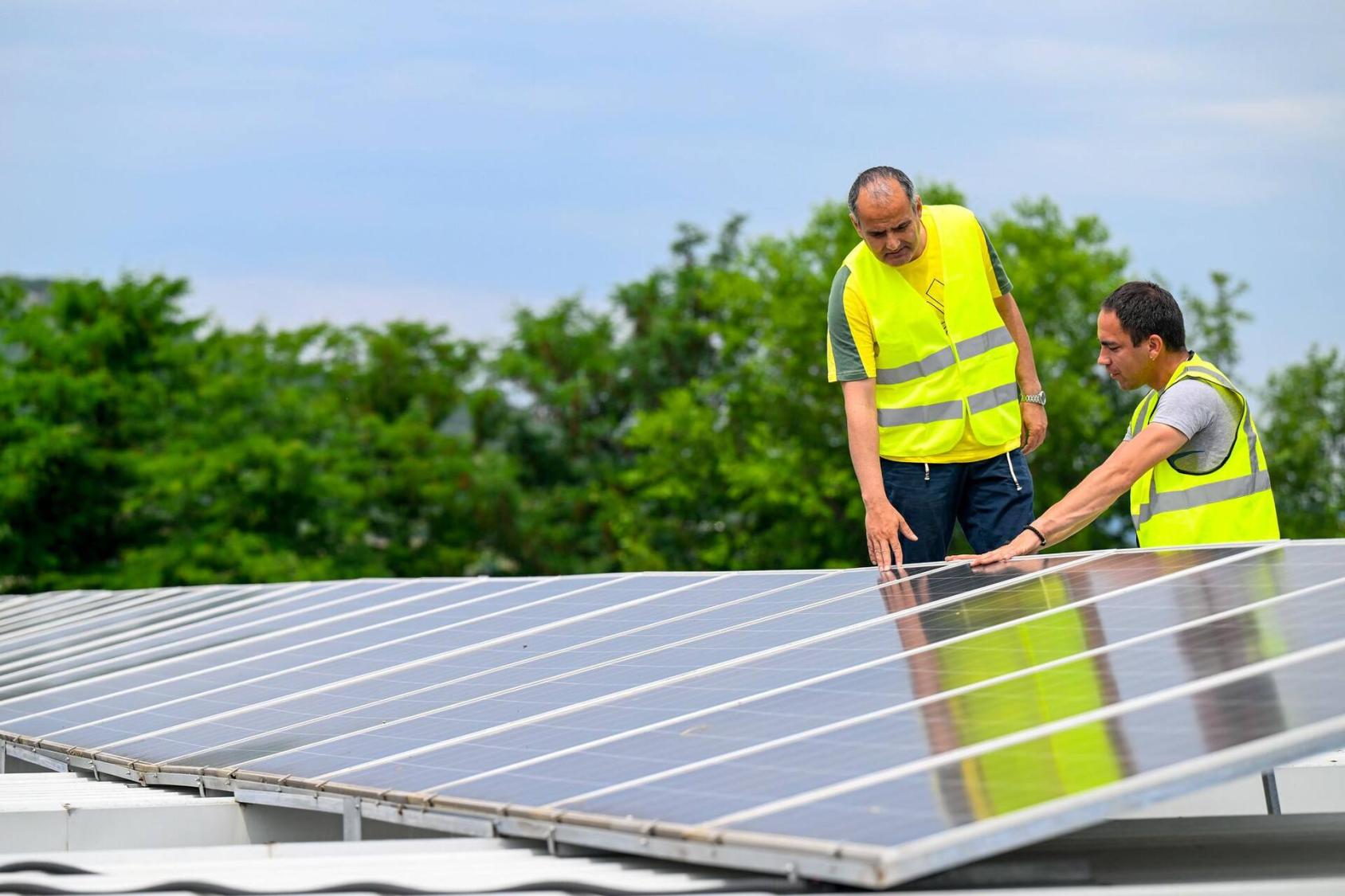
Blended financing delivering results on the ground
The UN system is already playing an important role in making blended finance real. Here’s how:
In Kenya, the UN helped design a results-based financing model for adolescent reproductive health. Private investors fronted the money, and if social outcomes are achieved, they’re repaid with interest by philanthropic donors. This raised $12.1 million and reached over 420,000 adolescent girls with family planning and HIV services—proving that finance can drive outcomes, not just activities.
In Indonesia, a UN-facilitated initiative blended $2 million in equity from the Indonesia Impact Fund with $500,000 in catalytic grants to support startups tackling climate and development challenges. The UN helped match investors with promising ventures, ensure strong impact measurement, and strengthen their environmental standards.
Catalytic funding from UN platforms—such as the Joint SDG Fund and the UN Capital Development Fund—is doing the heavy lifting to de-risk investments and incentivize private capital to flow into sectors that would otherwise be overlooked.
In Zimbabwe, Renewable Energy Fund—supported by UN agencies and managed by Old Mutual Investment Group—provides equity, debt, and guarantees to renewable energy projects and businesses by blending public investments with private capital. Old Mutual matched the UN’s $10 million, and the government contributed $1 million, showing strong public-private partnership and national ownership.
North Macedonia’s Green Finance Facility pooled $46 million from local banks, international institutions, and the government to help Small and Medium Enterprises and vulnerable households to invest in energy efficiency—while in Colombia, the UN Peacebuilding Fund mobilized six dollars of private investment for every dollar of public funding through an innovative call for proposals. In both cases, UN-backed financing helped turn development priorities into investable opportunities.
In Suriname, the UN helped farmers in the pineapple sector access credit through a new loan facility that uses blended finance to reduce banks’ risk—a breakthrough for growers who lack formal land titles and can’t provide traditional collateral.
Across all these countries, UN Resident Coordinators have stepped up to align partners behind these efforts—bringing together UN entities to collectively play the role of matchmaker, technical advisor, and neutral broker.
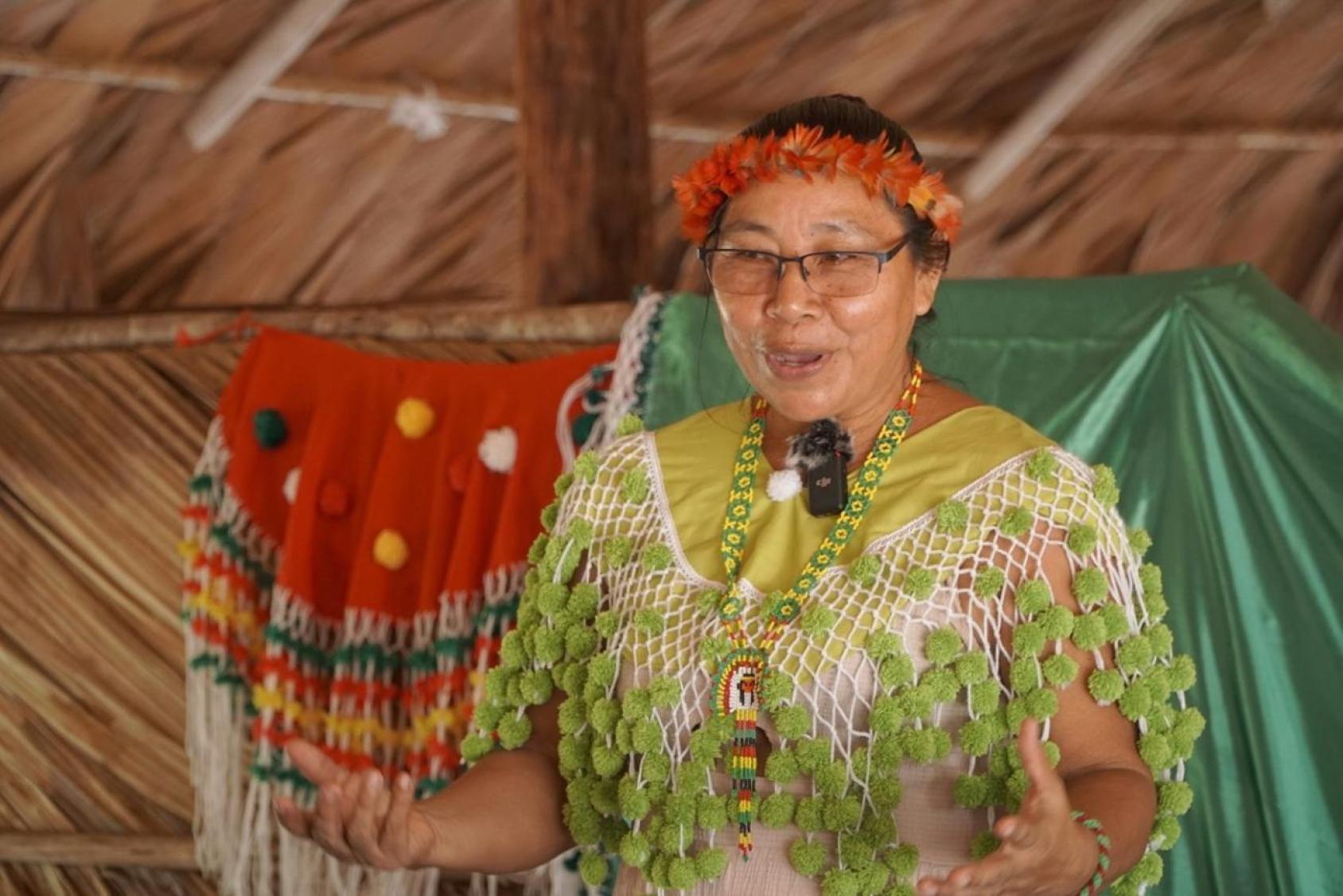
Cracking the code on blended finance
A number of key lessons are emerging from the UN’s blended finance efforts:
First, there must be a mindset shift. Traditional aid models focused on grants and direct service delivery are not sufficient. Blended finance requires creativity, flexibility, and a willingness to adapt and work with financial market actors.
Second, early and consistent engagement with the financial sector is critical. They need to trust the programme, the people and the institutions behind it. The UN’s credibility, convening power, and neutrality can give them confidence.
Third, national- ownership is non-negotiable. When governments shape the strategy, align policies, and understand the balance between risk and reward, deals are more likely to succeed.
Fourth, blended finance isn’t a silver bullet. It works best where there are viable revenue streams and quantifiable risks that financial instruments can address. It would be important for the UN to provide honest assessments to identify when and how it works especially in support of vulnerable groups.
Finally, sustainability matters. Many initiatives start with concessional funding, but they can’t stay there. Over time, public and philanthropic funds must give way to commercial capital—once the risks are better understood and reduced.
Seizing the Sevilla momentum
At FfD4, countries reaffirmed their commitment to scale blended finance, recognizing its role in mobilizing private capital for sustainable development. But now the real work begins. The world has made its ambition clear—now it needs to back that ambition with action. That means building the legal, financial, and institutional environments where blended finance can thrive.
The UN—through its Resident Coordinators and country teams—is ready to carry forward the Sevilla momentum. With its partnerships, networks, tools, and growing track record, it can help governments seize the moment and turn capital into impact.
Blended finance won’t solve everything. But in a time of tight budgets and growing needs, it’s one of the most effective ways we have to boost trust, reduce risks and turn public dollars into real, lasting change.




